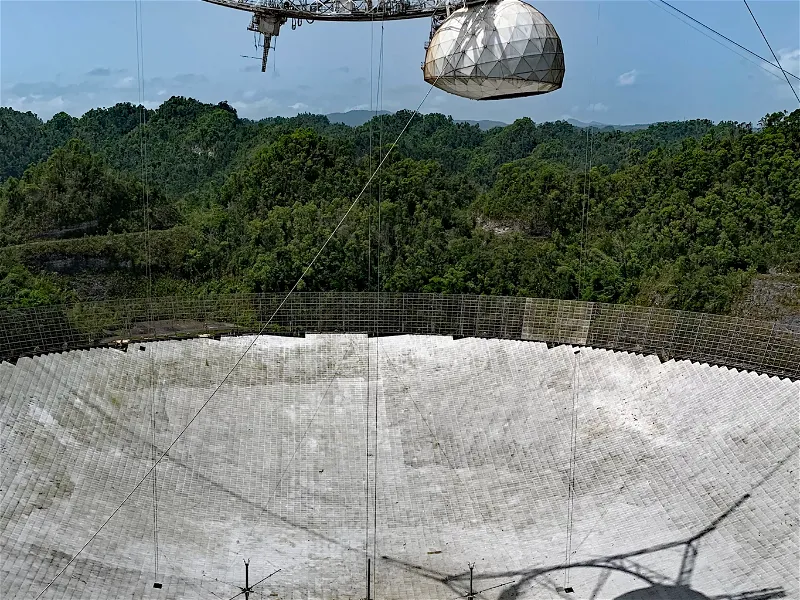National Astronomy and Ionosphere Center and its collection
The National Astronomy and Ionosphere Center, also known as the Arecibo Observatory, is a significant scientific institution located in Arecibo, Puerto Rico. Owned by the United States' National Science Foundation (NSF), the observatory has been a hub for astronomical research and discovery. Its location in Puerto Rico offers a unique opportunity for visitors to explore the intersection of science, nature, and culture in a beautiful Caribbean setting.
Other Facilities at the Observatory
In addition to the main telescope, the Arecibo Observatory also includes a 12 m radio telescope, a LIDAR facility, and a visitor center. Despite the collapse of the main telescope, these facilities are expected to remain operational, offering visitors the opportunity to learn about astronomy and ionospheric science. The visitor center, in particular, provides educational exhibits and programs that can enhance the understanding and appreciation of the observatory's work.
Science & Technology Nature & Natural History Astronomy

